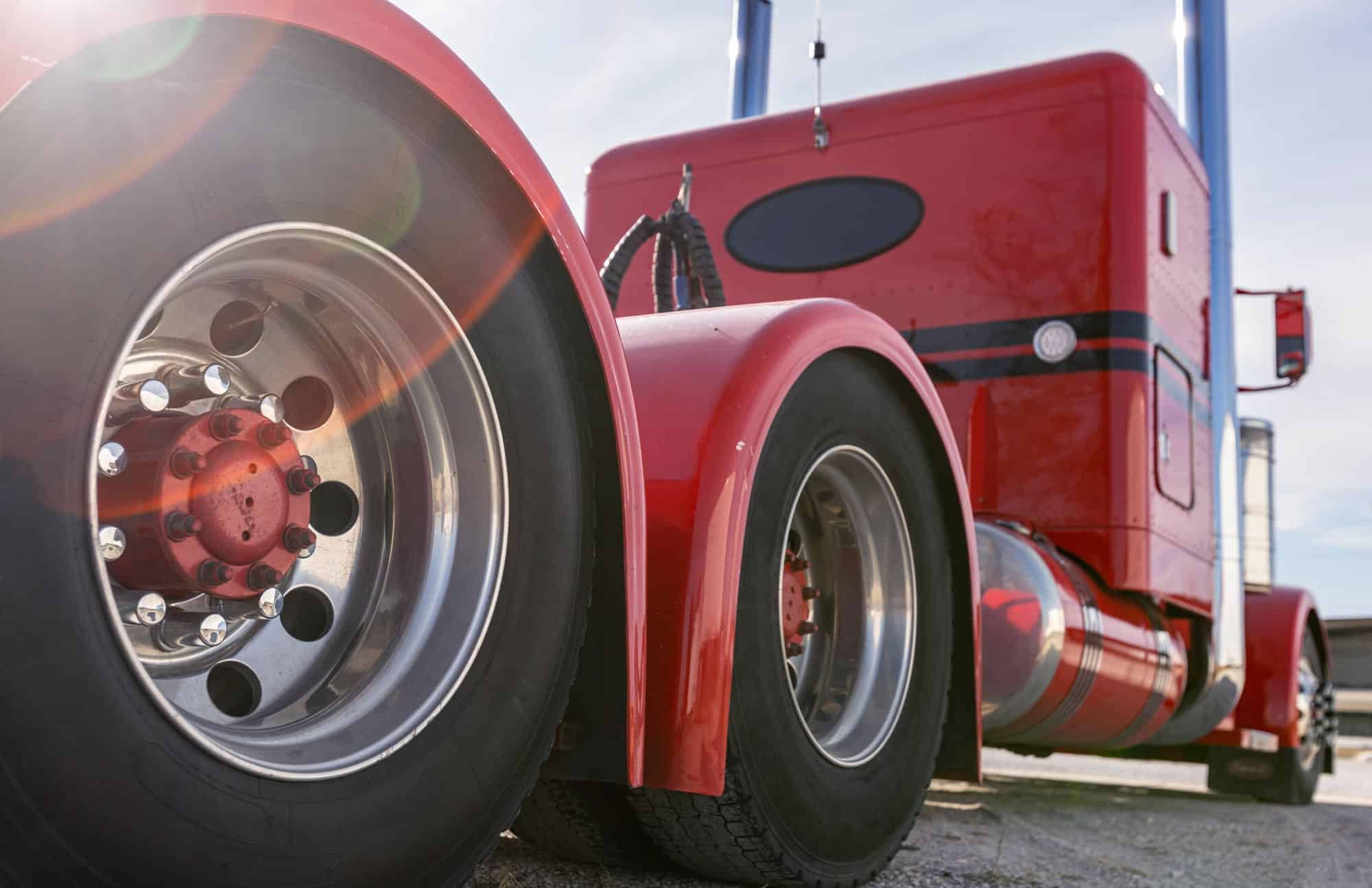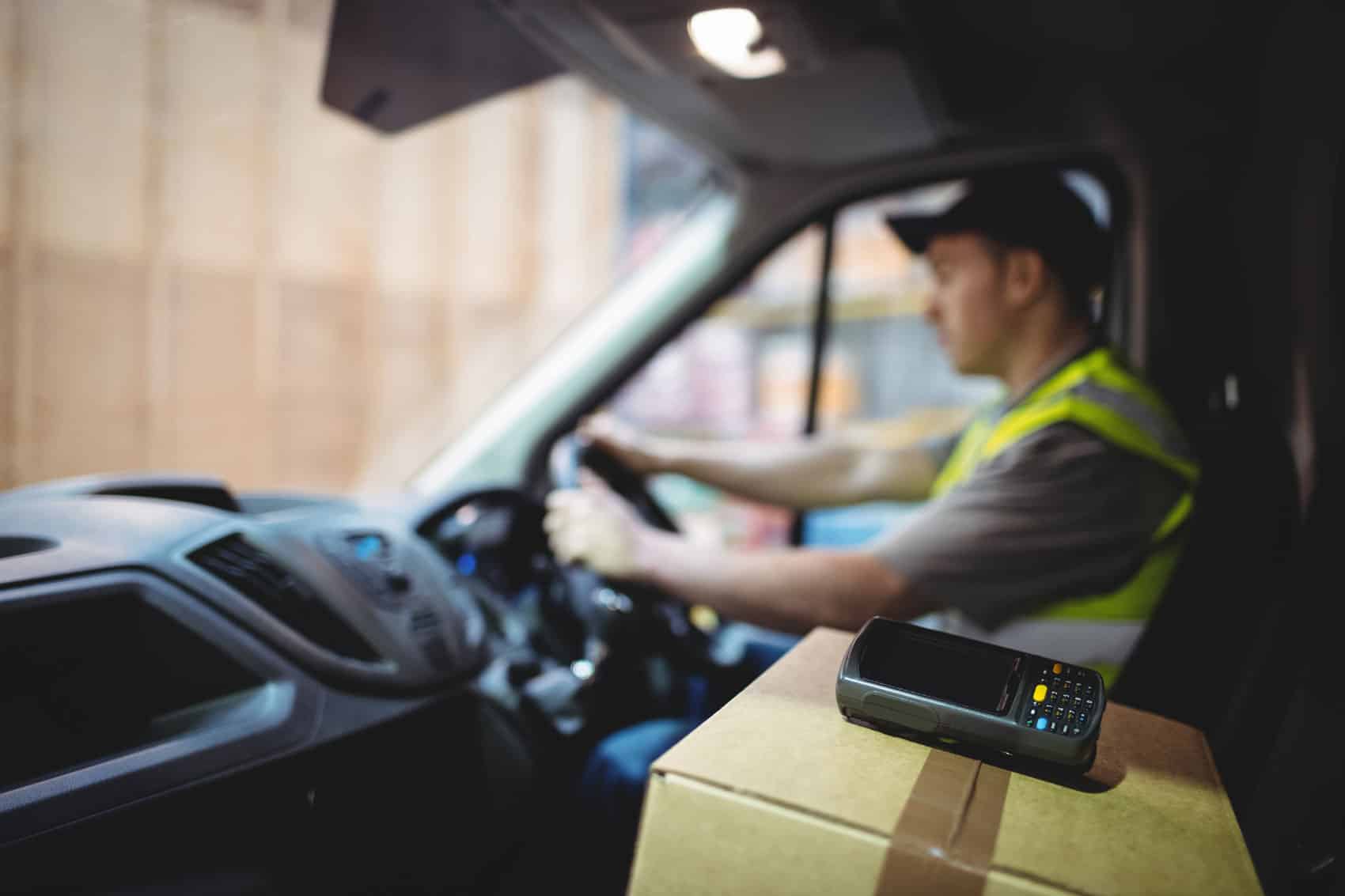It appears that self-driving cars are the future for civilian motorists and that the act of driving as we know it may soon be obsolete. For commercial freight-hauling semi-trucks, that future is now.
The Inspiration
While engineers estimate that widespread usage of self-driving trucks is at least a decade away, functioning prototypes are already being tested on roadways in Nevada. In May, Freightliner, a subsidiary of Daimler Trucks North America, unveiled the Inspiration – the first self-driving commercial truck to be given an autonomous license. Given the overwhelming number of miles travelled and logged by long-haul truckers, the ultimate impact of a fatigueless and ever-vigilant driverless semi could be revolutionary.
This massive robo-truck utilizes a navigation system known as Highway Pilot that allows it to cruise along highways autonomously. Highway Pilot uses cameras and sensors to maintain proper lane discipline. The truck can also fluctuate speed and brake appropriately to maintain safe distances, leaving the “driver” free to manage the cockpit with minimal intervention while in Highway Pilot mode.
Front Seat Drivers
Yes, drivers are still necessary, as these vehicles aren’t fully autonomous – yet. Drivers will still be tasked with driving along surface roads, traversing exits and interchanges, and for all other driving responsibilities requiring more than basic highway cruising. Also, the computer systems are not yet responsive enough to navigate inclement weather conditions, which would leave driving in potentially hazardous conditions up to the driver. Even when Highway Pilot is engaged, the driver has the ability to immediately override the system by resuming traditional methods such as braking and steering.
While drivers remain necessary to monitor the cockpit and take control in more intensive situations, self-driving big rigs such as the Inspiration could greatly decrease driver fatigue and mitigate the potential for catastrophic highway accidents caused by human error. Distracted driving is the leading cause of these accidents – a cause that, ironically, is largely eliminated by letting computers take the wheel.
As it stands, many commercial drivers attempt to multi-task to ensure prompt delivery, leading to dangerous driving and preventable fatal accidents. These drivers are examining their GPS, communicating through their cell phones, updating their logs, and attempting to safely traverse our roadways at the same time. The Inspiration allows drivers to complete extraneous professional tasks without having to worry about taking their eyes away from the road. When Highway Pilot is engaged, a smart tablet capable of performing a number of duties (logistics, navigation, communication, etc.) can be detached from the truck’s dashboard and used by the driver.
Trailblazing
So what does this mean for the rest of us? Well, first and foremost, it means safer, more efficient roadways. When we reduce the risk of human error, we also reduce the risk of dangerous situations on the road. Other factors that currently plague our freeways, such as substance abuse, speeding, and fatigue, will likely never be fully eliminated, but Inspiration’s technology is definitely a step toward lessening the devastating effects of these issues.
In addition to creating safer commercial trucks, the technology being developed for these vehicles could eventually prove invaluable in developing self-driving cars for the rest of us. Google has already released their self-driving car, and Uber is reportedly working on their own automated systems. More traditional auto behemoths such as General Motors, Audi, and Mercedes-Benz are also looking to have vehicles with automated driving systems on the market by 2017.
So far, the results of Google’s first line of self-driving cars appear promising. Like the Inspiration, they still require drivers, but having traveled over 1 million miles under autonomous settings, there have only been 12 accidents, most of those in the form of rear-end collisions where human drivers hit the stopped self-driving vehicle. Once this technology reaches maturity, self-driving cars will be safer, more fuel efficient, and allow for greater spatial use of our roadways.
Revenue Status Quo
It seems as though the only losers in the development of these vehicles are government entities that will no longer be able to fish in a valuable revenue stream. When you (mostly) eliminate the driver from the equation, you (mostly) eliminate driver responsibility, which will likely (mostly) eliminate traffic citations and the fines attached to those infractions.
However, the hope is that the money we save in fuel efficiency, increased work capacity, and decreased car accidents will eventually be funneled back into expenditures to keep our roads even safer. Some financial experts even predict innovative taxation methods to offset the loss of revenue.
Conclusion
While these vehicles are still in development, they are now closer than ever to becoming a common sight on our cul-de-sacs and freeways. Compared to human drivers, they’re safer, they’re more fuel efficient, and they allow for more efficient use of our roadways. Just imagine, someday our teens may be able to text to their irresponsible heart’s delight at 75 miles per hour without endangering the lives of everyone around them!
References:
Davies, A. (2015, July 7). Self-driving cars may end the fines that fill city coffers. Wired. Retrieved from http://www.wired.com/2015/07/self-driving-cars-may-end-fines-fill-city-coffers/
Goodwin, A. (2015, May 9). 4 things you should know about Freightliner’s self-driving truck. CNET. Retrieved from http://www.cnet.com/news/4-things-that-you-should-know-about-freightliners-autonomous-inspiration-truck
Kim, G. (2015, July 9). Self-driving cars. Huffington Post. Retrieved from http://www.huffingtonpost.com/grace-jisun-kim/the-future-today-selfdriv_b_7757094.html
Woodyard, C. (2015, May 7). Why big-rig trucks, not cars, are best for self-driving tech. Retrieved from http://www.usatoday.com/story/money/cars/2015/05/07/self-driving-trucks-daimler/70952162/









